The former chief executive of Moy Park, Janet McCollum, and the current head of customer support, David Mark, can expect some probing questions at the Renewable Heat Incentive (RHI) inquiry tomorrow (Friday).
It comes after last week’s evidence from the chair of the Moy Park growers’ committee, Tom Forgrave, where he was questioned in detail on the role Moy Park played in encouraging their suppliers into the scheme, and the contract between growers and the company. His evidence pointed to Moy Park being a significant indirect beneficiary of the failed RHI scheme.
In Forgrave’s own business, he has 10 biomass boilers installed to heat eight poultry sheds. Prior to RHI, he had used conventional gas brooders. But when he first installed a new hot-water heating system powered by a biomass boiler in three sheds, he had quickly realised that the improved environment was leading to better animal performance. He subsequently installed another three boilers, with a further four installed into two new sheds built in 2015.
The performance lift was also noted internally within Moy Park and by 2013 it had changed housing specifications, now requiring new houses to be fitted with hot water heating systems. However, the fuel source used was at the discretion of the farmer. When asked if anyone had installed a new system outside of the RHI scheme, Forgrave said: “Not that I’m aware of, no”.
In total, 62% of Moy Park poultry houses in NI are now fuelled by systems accredited under the RHI scheme.
Model
During an evidence session that lasted all day last Friday, Forgrave was asked about the Moy Park pricing model for growers. He explained that the cost of a new build, or a significant upgrade (new heating system) is paid back by Moy Park to farmers over a 10-year period by way of an additional housing payment. Outside of that, all growers are paid in the same way, with an expenses figure (not including day old chicks or feed) agreed with the growers’ committee, and this then used to calculate the price Moy Park pay per kilo. In 2017/18, the target expense was £253.94 per 1,000 birds.
At the end of each crop, the grower gets paid based on the weight of birds, the flesh price, and net of the cost of day old chicks and feed. The additional housing payment is kept separate.
It effectively means that the established growers, with no debt, are subsidising the new people coming in said Forgrave. “It’s a clever business model. From a farmer’s point of view, we would prefer to have a higher price for our chicken,” he told the panel.
Benefit
However, much of their questioning related to the extent, or otherwise, that Moy Park indirectly benefits from RHI.
Forgrave explained that the target per 1,000 birds was negotiated at quarterly meetings between the growers’ committee and Moy Park.
The target figure is based on average performance, and as more growers installed hot water heating systems accredited under RHI, performance was going up.
If the average moves above target, Moy Park takes away 50% of the margin in a revised flesh price.
However, Forgrave also revealed ongoing tension between Moy Park and its growers over the allowance given in the target price for fuel.
In 2014 and 2015, the fuel allowance was based on gas usage, and, according to Forgrave, fully allowed for in the Moy Park cost model. In 2016, with over half of growers on biomass systems, the fuel cost was revised.
Revised
However, Moy Park allowed for a cost that equated to 0.26t of biomass per 1,000 birds, which has since been revised to 0.36t.
The growers argued that the allowance should be 0.7t, although they would accept that a figure of 0.5t is close to the NI average said Forgrave.
“Moy Park is winning both ways: Moy Park is not paying us the fuel allowance that we need for actual cost; also, under the performance adjustment, every time we do spend the money on fuel and improve the performance, the flesh price is coming down,” said Forgrave.
”I don’t think there’s anything in the (RHI) scheme when it was launched that said, ‘this is intended to be a major subsidy to the poultry production industry’,” remarked panel member Dame Una O’Brien.
Read more
Government consults on options to cut RHI cost
RHI group secures legal cost protection
The former chief executive of Moy Park, Janet McCollum, and the current head of customer support, David Mark, can expect some probing questions at the Renewable Heat Incentive (RHI) inquiry tomorrow (Friday).
It comes after last week’s evidence from the chair of the Moy Park growers’ committee, Tom Forgrave, where he was questioned in detail on the role Moy Park played in encouraging their suppliers into the scheme, and the contract between growers and the company. His evidence pointed to Moy Park being a significant indirect beneficiary of the failed RHI scheme.
In Forgrave’s own business, he has 10 biomass boilers installed to heat eight poultry sheds. Prior to RHI, he had used conventional gas brooders. But when he first installed a new hot-water heating system powered by a biomass boiler in three sheds, he had quickly realised that the improved environment was leading to better animal performance. He subsequently installed another three boilers, with a further four installed into two new sheds built in 2015.
The performance lift was also noted internally within Moy Park and by 2013 it had changed housing specifications, now requiring new houses to be fitted with hot water heating systems. However, the fuel source used was at the discretion of the farmer. When asked if anyone had installed a new system outside of the RHI scheme, Forgrave said: “Not that I’m aware of, no”.
In total, 62% of Moy Park poultry houses in NI are now fuelled by systems accredited under the RHI scheme.
Model
During an evidence session that lasted all day last Friday, Forgrave was asked about the Moy Park pricing model for growers. He explained that the cost of a new build, or a significant upgrade (new heating system) is paid back by Moy Park to farmers over a 10-year period by way of an additional housing payment. Outside of that, all growers are paid in the same way, with an expenses figure (not including day old chicks or feed) agreed with the growers’ committee, and this then used to calculate the price Moy Park pay per kilo. In 2017/18, the target expense was £253.94 per 1,000 birds.
At the end of each crop, the grower gets paid based on the weight of birds, the flesh price, and net of the cost of day old chicks and feed. The additional housing payment is kept separate.
It effectively means that the established growers, with no debt, are subsidising the new people coming in said Forgrave. “It’s a clever business model. From a farmer’s point of view, we would prefer to have a higher price for our chicken,” he told the panel.
Benefit
However, much of their questioning related to the extent, or otherwise, that Moy Park indirectly benefits from RHI.
Forgrave explained that the target per 1,000 birds was negotiated at quarterly meetings between the growers’ committee and Moy Park.
The target figure is based on average performance, and as more growers installed hot water heating systems accredited under RHI, performance was going up.
If the average moves above target, Moy Park takes away 50% of the margin in a revised flesh price.
However, Forgrave also revealed ongoing tension between Moy Park and its growers over the allowance given in the target price for fuel.
In 2014 and 2015, the fuel allowance was based on gas usage, and, according to Forgrave, fully allowed for in the Moy Park cost model. In 2016, with over half of growers on biomass systems, the fuel cost was revised.
Revised
However, Moy Park allowed for a cost that equated to 0.26t of biomass per 1,000 birds, which has since been revised to 0.36t.
The growers argued that the allowance should be 0.7t, although they would accept that a figure of 0.5t is close to the NI average said Forgrave.
“Moy Park is winning both ways: Moy Park is not paying us the fuel allowance that we need for actual cost; also, under the performance adjustment, every time we do spend the money on fuel and improve the performance, the flesh price is coming down,” said Forgrave.
”I don’t think there’s anything in the (RHI) scheme when it was launched that said, ‘this is intended to be a major subsidy to the poultry production industry’,” remarked panel member Dame Una O’Brien.
Read more
Government consults on options to cut RHI cost
RHI group secures legal cost protection




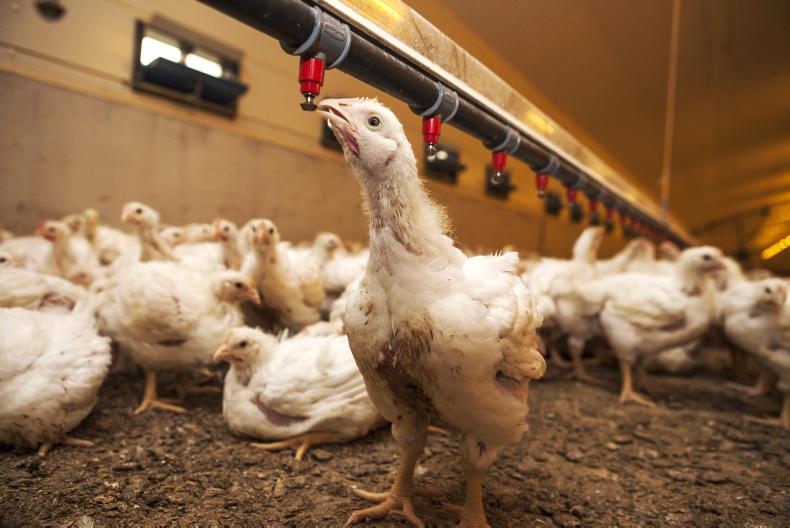
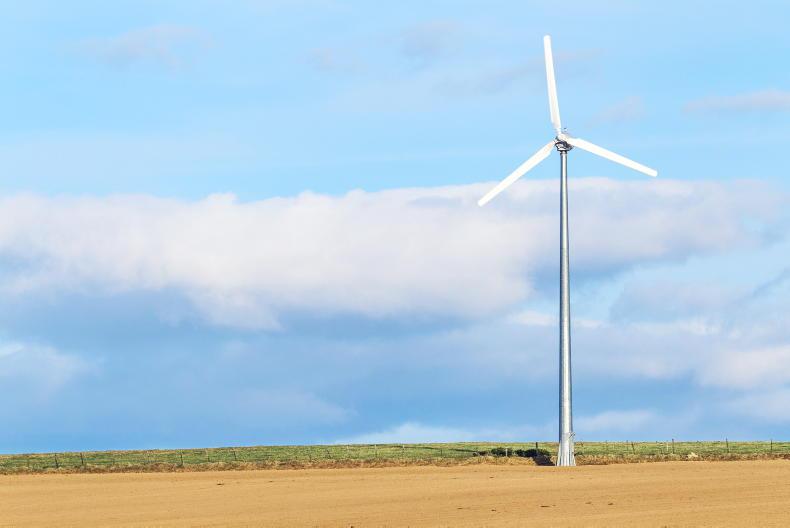

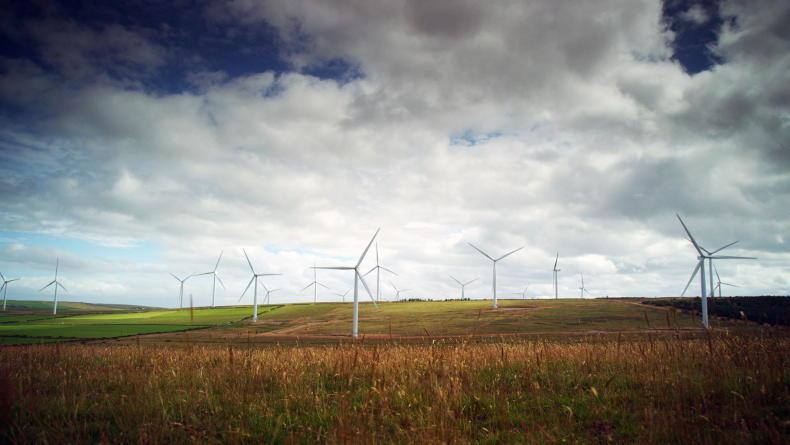
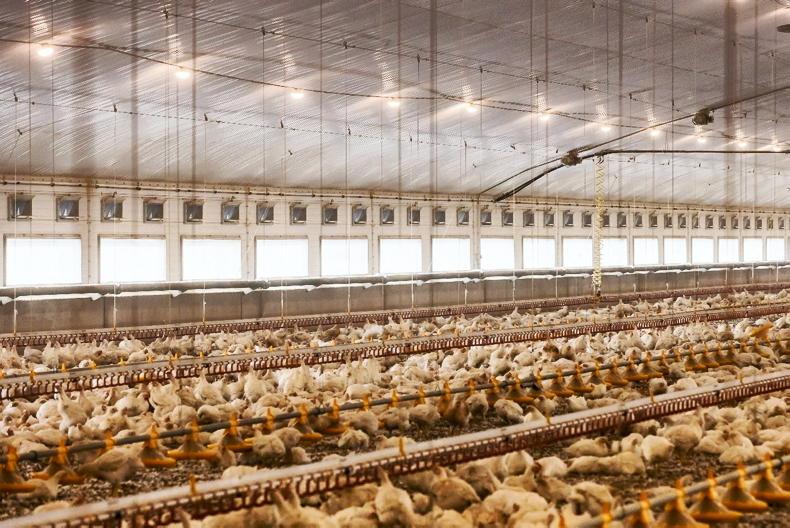
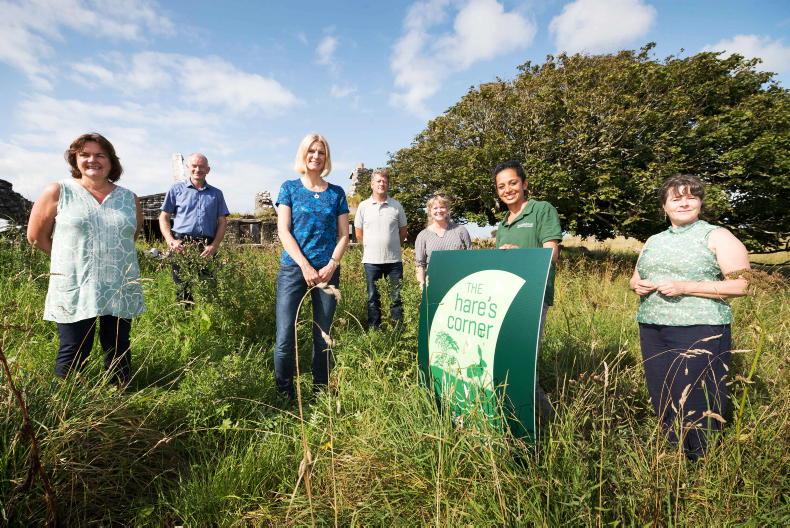
SHARING OPTIONS